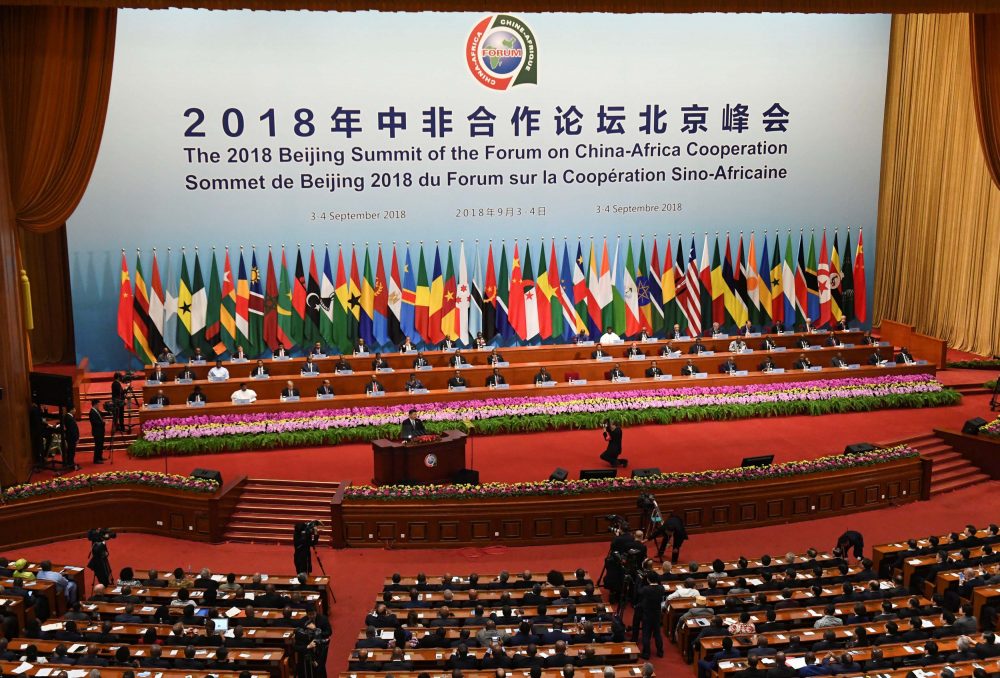A number of industry pundits have started asking questions ranging from where did the Nigerian National Petroleum Corporation (NNPC) get the capital being used to carry out the purported first phase of the rehabilitation of the 210,000 barrels per day capacity Port Harcourt refinery or what are the real terms and conditions entered into with the companies carrying out the repairs.
Their questions are based on the fact that in the last three year of this administration, apart from the 2015 electoral promise of fixing refineries to end fuel imports, NNPC had continued to tell Nigerians that it does not have the funding capacity to put the refineries in order.
The Corporation had within the period approached the National Assembly for repair fund approval, but the lawmakers denied any form of approval based on NNPC’s inability to explain whereabouts of previous approvals for the same turnaround maintenance.
NNPC had last week, announced the formal commencement of the first phase of the rehabilitation of the 210,000 barrels per day capacity Port Harcourt refinery.
Port Harcourt refinery complex also houses the 60,000 barrels per day old refinery that was built in 1965 and the 150,000 barrels per day new refinery, inaugurated in 1989.
Flagging off the formal commencement of the rehabilitation work on the facility at the premises of the refinery in Port Harcourt, Group Managing Director of NNPC, Maikanti Baru said the project would be executed by Milan-based Maire Tecnimont S.p.A, in collaboration with its Nigerian affiliate, Tecnimont Nigeria.
While maintaining silence on the true cost of the repairs or the real terms and conditions agreed upon with the repairers, Baru further explained that Maire Tecnimont S.p.A which is listed on Milan Stock Exchange with interest in international engineering and construction, technology and licensing, and energy business development, has operations in 40 countries, numbering about 50 operative companies with a workforce of about 5,500 employees.
He further added that at the end of Phase One, the refinery complex should be able to reach 60 per cent capacity utilisation.
Sketchy details of the deal showed that Eni/NAOC is engaged as Technical Advisor to support the rehabilitation of Port Harcourt Refining Company and that NNPC/PHRC would leverage Eni’s extensive refinery supply chain network and warehouses to procure critical materials for the programme.
Explaining more on the ongoing repairs, NNPC image maker, Mr. Ndu Ughamadu said the first phase of the rehabilitation contract, which would run for six months, would involve detailed integrity check and equipment inspection of the Port Harcourt refinery complex beginning from the end of March 2019.
He added that “The integrity test will come as a forerunner to the second phase of the rehabilitation project which entails a comprehensive revamp of the complex aimed at restoring the refinery to a minimum of 90 per cent capacity utilisation.
“Subject to the successful completion of the integrity checks, Phase Two of the project would be executed on an Engineering Procurement Construction basis by Tecnimont in collaboration with the original builders of the plant, JGC of Japan.
In his goodwill message on behalf other contractors in the repairs, Antonio Vella, Chief Officer, Upstream, Eni, said all the companies involved would deploy all available modern resources to ensure effective upgrade of the plant.
Vella assured that “With the commitment of all parties involved, it was certain that NNPC would be able to celebrate the revamp of the PHRC that would lead to its full capacity utilisation on schedule and in full safety”.









